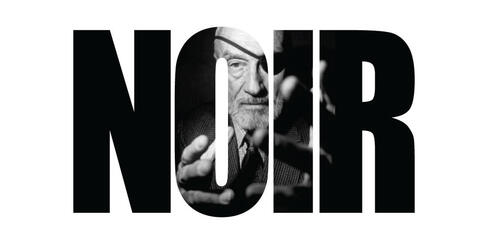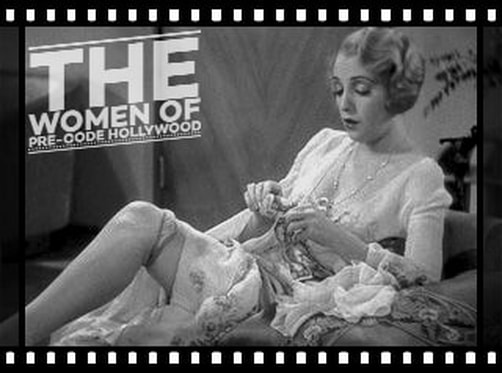
Ingrid Bergman
Active - 1934 - 1982 | Born - Aug 29, 1915 in Stockholm, Sweden | Died - Aug 29, 1982 in London, England, UK | Genres - Drama, Romance | Height: 5’ 9”
Ingrid Bergman was one of the greatest actresses from Hollywood’s lamented Golden Era. Her natural and unpretentious beauty and her immense acting talent made her one of the most celebrated figures in the history of American cinema. Bergman is also one of the most Oscar-awarded actresses, tied with Meryl Streep, both are second only to Katharine Hepburn.
After signing a Hollywood contract, she relocated to America where her first film, 1939’s Intermezzo: A Love Story, was an English-language remake of her earlier success. After briefly returning to Sweden to appear in 1940’s Juninatten, Selznick demanded she return to the U.S., but without any projects immediately available he pointed her to Broadway to star in Liliom. Bergman was next loaned to MGM for 1941’s Adam Had Four Sons, followed by Rage in Heaven. She then appeared against type as a coquettish bad girl in the latest screen adaptation Dr. Jekyll and Mr. Hyde. However, it was 1942’s Casablanca which launched her to superstardom; cast opposite Humphrey Bogart after a series of other actresses rejected the picture, she was positively radiant, her chemistry with Bogart the stuff of pure magic. Now a major box-office draw, she won the coveted lead in 1943’s For Whom the Bell Tolls with the blessing of the novel’s author, Ernest Hemingway; when her performance earned an Academy Award nomination, every studio in town wanted to secure her talents.
Ingrid was choosing her roles well. In 1943 she was nominated for an Academy Award for her role in For Whom the Bell Tolls (1943), the only film she made that year. The critics and public didn’t forget her when she made Gaslight (1944) the following year--her role of Paula Alquist got her the Oscar for Best Actress. In 1945 Ingrid played in Spellbound (1945), Saratoga Trunk (1945) and The Bells of St. Mary’s (1945), for which she received her third Oscar nomination for her role of Sister Benedict. She made no films in 1947, but bounced back with a fourth nomination for Joan of Arc (1948). In 1949 she went to Italy to film Stromboli (1950), directed by Roberto Rossellini. She fell in love with him and left her husband, Dr. Peter Lindstrom, and daughter, Pia Lindström. After penning a 1980 autobiography, Ingrid Bergman: My Story, in 1982, she starred in the television miniseries A Woman Called Golda, a biography of the Israeli premier Golda Meir; the performance was her last -- on August 29 of that year she lost her long battle with cancer. In subsequent years, her daughter, Isabella Rossellini, emerged as a top actress and fashion model.
Available Films:
Active - 1934 - 1982 | Born - Aug 29, 1915 in Stockholm, Sweden | Died - Aug 29, 1982 in London, England, UK | Genres - Drama, Romance | Height: 5’ 9”
Ingrid Bergman was one of the greatest actresses from Hollywood’s lamented Golden Era. Her natural and unpretentious beauty and her immense acting talent made her one of the most celebrated figures in the history of American cinema. Bergman is also one of the most Oscar-awarded actresses, tied with Meryl Streep, both are second only to Katharine Hepburn.
After signing a Hollywood contract, she relocated to America where her first film, 1939’s Intermezzo: A Love Story, was an English-language remake of her earlier success. After briefly returning to Sweden to appear in 1940’s Juninatten, Selznick demanded she return to the U.S., but without any projects immediately available he pointed her to Broadway to star in Liliom. Bergman was next loaned to MGM for 1941’s Adam Had Four Sons, followed by Rage in Heaven. She then appeared against type as a coquettish bad girl in the latest screen adaptation Dr. Jekyll and Mr. Hyde. However, it was 1942’s Casablanca which launched her to superstardom; cast opposite Humphrey Bogart after a series of other actresses rejected the picture, she was positively radiant, her chemistry with Bogart the stuff of pure magic. Now a major box-office draw, she won the coveted lead in 1943’s For Whom the Bell Tolls with the blessing of the novel’s author, Ernest Hemingway; when her performance earned an Academy Award nomination, every studio in town wanted to secure her talents.
Ingrid was choosing her roles well. In 1943 she was nominated for an Academy Award for her role in For Whom the Bell Tolls (1943), the only film she made that year. The critics and public didn’t forget her when she made Gaslight (1944) the following year--her role of Paula Alquist got her the Oscar for Best Actress. In 1945 Ingrid played in Spellbound (1945), Saratoga Trunk (1945) and The Bells of St. Mary’s (1945), for which she received her third Oscar nomination for her role of Sister Benedict. She made no films in 1947, but bounced back with a fourth nomination for Joan of Arc (1948). In 1949 she went to Italy to film Stromboli (1950), directed by Roberto Rossellini. She fell in love with him and left her husband, Dr. Peter Lindstrom, and daughter, Pia Lindström. After penning a 1980 autobiography, Ingrid Bergman: My Story, in 1982, she starred in the television miniseries A Woman Called Golda, a biography of the Israeli premier Golda Meir; the performance was her last -- on August 29 of that year she lost her long battle with cancer. In subsequent years, her daughter, Isabella Rossellini, emerged as a top actress and fashion model.
Available Films:
Trivia:
Many of her shorter male co-stars, such as Humphrey Bogart and Claude Rains, had to wear lifts to avoid looking small next to this 5’ 10” beauty.
Her famous love affair with the war photographer, Robert Capa was the basis for Alfred Hitchcock’s Rear Window (1954).
Bergman turned down the title role in The Farmer’s Daughter (1947), for which Loretta Young won an Oscar, and The Snake Pit (1948), for which Olivia de Havilland was nominated for an Oscar.
Many of her shorter male co-stars, such as Humphrey Bogart and Claude Rains, had to wear lifts to avoid looking small next to this 5’ 10” beauty.
Her famous love affair with the war photographer, Robert Capa was the basis for Alfred Hitchcock’s Rear Window (1954).
Bergman turned down the title role in The Farmer’s Daughter (1947), for which Loretta Young won an Oscar, and The Snake Pit (1948), for which Olivia de Havilland was nominated for an Oscar.




